Fast food chains we wish hadn't closed
Gone but not forgotten
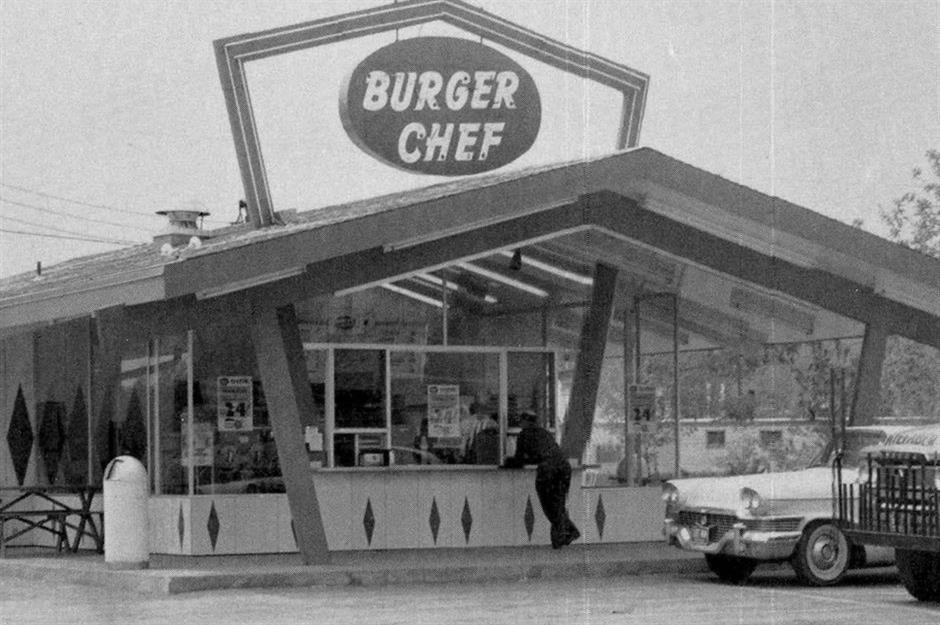
Fast food joints come and go, but there are some truly iconic restaurants that live on in the hearts (and bellies) of the fans that remember them – even when they’ve long since shuttered. From the nostalgic roadside stops that kept hungry families fed in the 1980s to old-school burger chains that once rivalled McDonald's, we’ve rounded up the most-loved fast food spots from around the world that have gone for good. How many do you remember?
Click or scroll through our gallery to discover the fast food chains we wish hadn't closed, counting down to the most missed of all.
We've based our ranking on the enduring popularity of each restaurant in its place of origin and beyond, and on the opinions of our well-travelled (and well-fed) team. The list is unavoidably subjective.
28. Sandy’s, USA
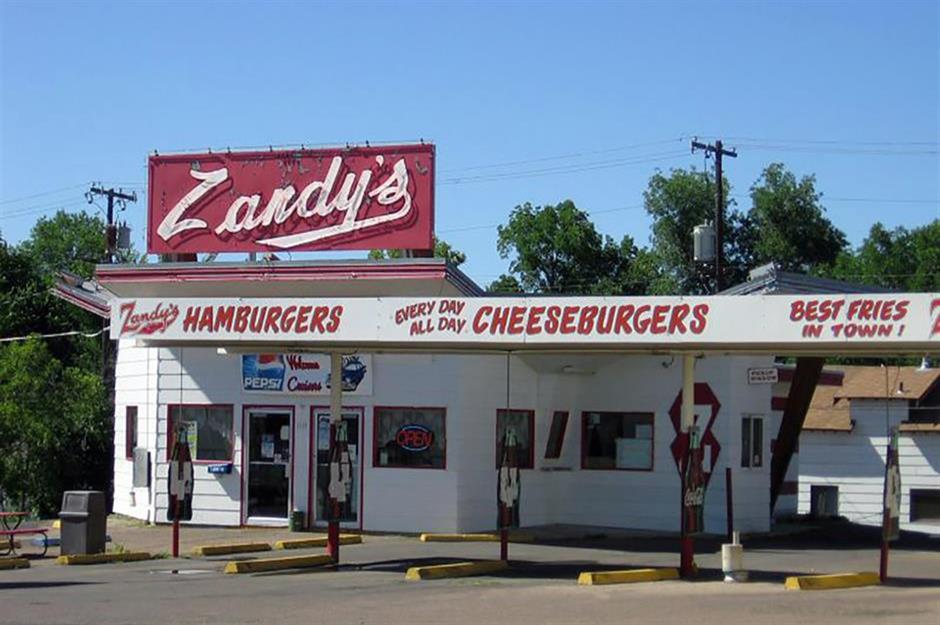
A fast food chain with a real backstory, the idea for Sandy’s was born when the owners of a McDonald’s franchise were prevented from opening their proposed outlet in Peoria, Illinois. Not to be put off, instead they launched the Scottish-themed Sandy’s in 1958, selling notably cheap hamburgers, fries and milkshakes. By 1972, there were 240 Sandy’s in operation, but the financial burden of an ongoing lawsuit from McDonald’s ultimately led to the demise of the chain, which was taken over by Hardee’s. Franchises were given a choice of keeping the name Sandy's – this restaurant in Great Falls Montana (pictured) did until 1979, when it became Zandy’s (the spot has also since closed).
27. Benjys, UK
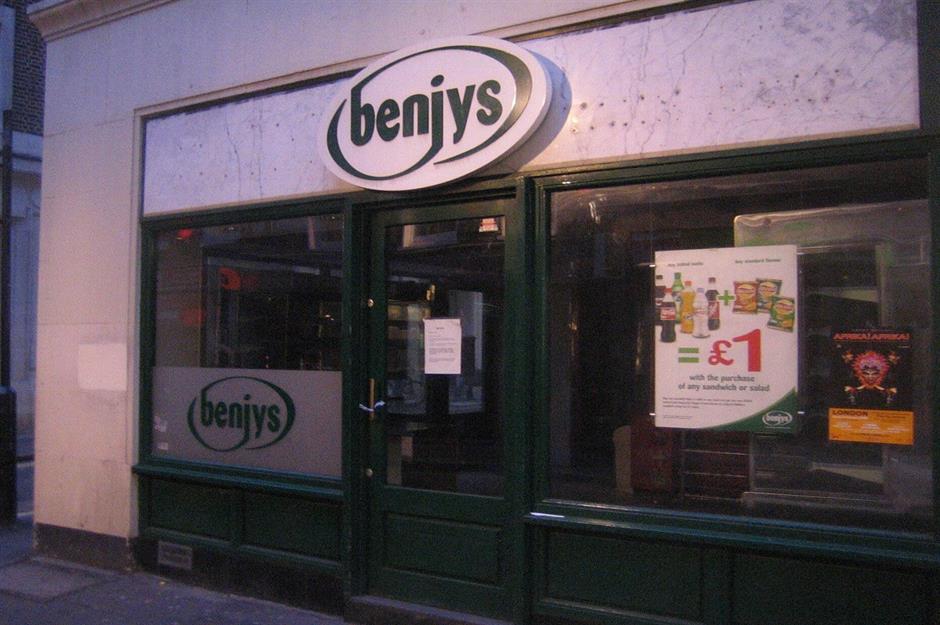
Forget about Pret A Manger and Starbucks, in Britain in the late 1980s and early 1990s if you wanted a tasty, budget-friendly, takeaway lunch, you went to Benjys. The first Benjys was launched by Paul Benjamin in 1989 in Islington, London and thanks to a menu big on comfort food – think sandwiches with classic fillings, panino, jacket potatoes and pies – the chain grew to around 60 stores in the UK, primarily in London and southeast England. Much to the sadness of its many fans, Benjys went into administration in 2006 and shut up all its shops the next year.
26. Valle’s Steak House, USA

It hasn’t been open since the early 1990s, but at one point Valle’s Steak House had more than 30 restaurants on America's East Coast. Here, you could get a variety of steaks and lobster in its huge dining rooms, which seated 1,000 customers. It was the choice spot for business meetings and celebrations.
25. Pizzaland, UK
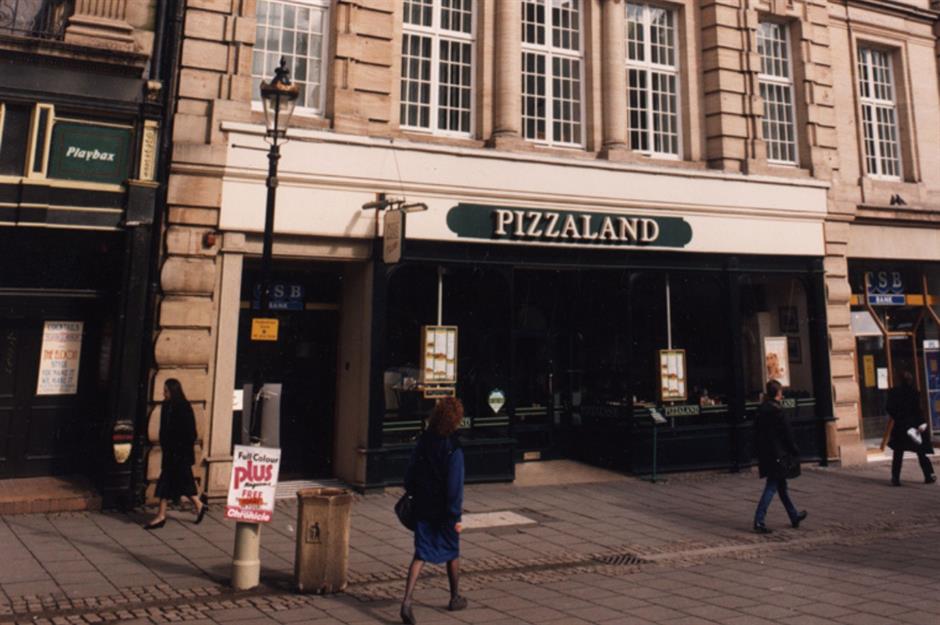
Launched in 1970 by Associated Newspapers, Pizzaland had more than 140 branches across Britain at its peak. But, by the 1980s, sales started to decline, and Pizzaland started offering discount coupons in tabloid newspapers – the most memorable of these was the ‘pizza for a penny’ scheme, where diners could buy one pizza and get another for 1p (1.24c). The offer was popular for a while, but eventually the brand went under, and most of the remaining restaurants were taken over by Pizza Hut.
24. Pup ‘N’ Taco, USA
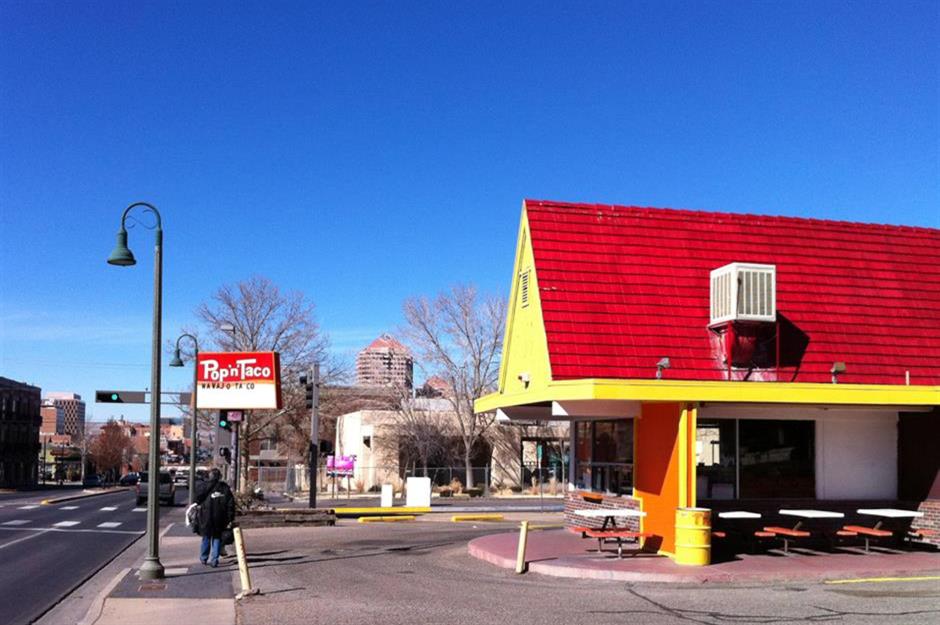
Loved for its tacos, tostadas, hot dogs and pastrami sandwiches, Pup ‘N’ Taco opened in Pasadena, California in 1965. The chain thrived for a good few years, growing to just over 100 stores in its heyday. However, this success wasn’t to last and, in 1984, Taco Bell purchased the majority of the locations, leaving just three in operation in Albuquerque, New Mexico. These outposts changed names to become Pop ‘N’ Taco (pictured) and two continued into the 2010s. Fans still lament the loss of Pup ‘N’ Taco’s South Californian–style pastrami sandwiches served with iceberg lettuce and jalapenos.
23. Arthur Treacher’s, USA
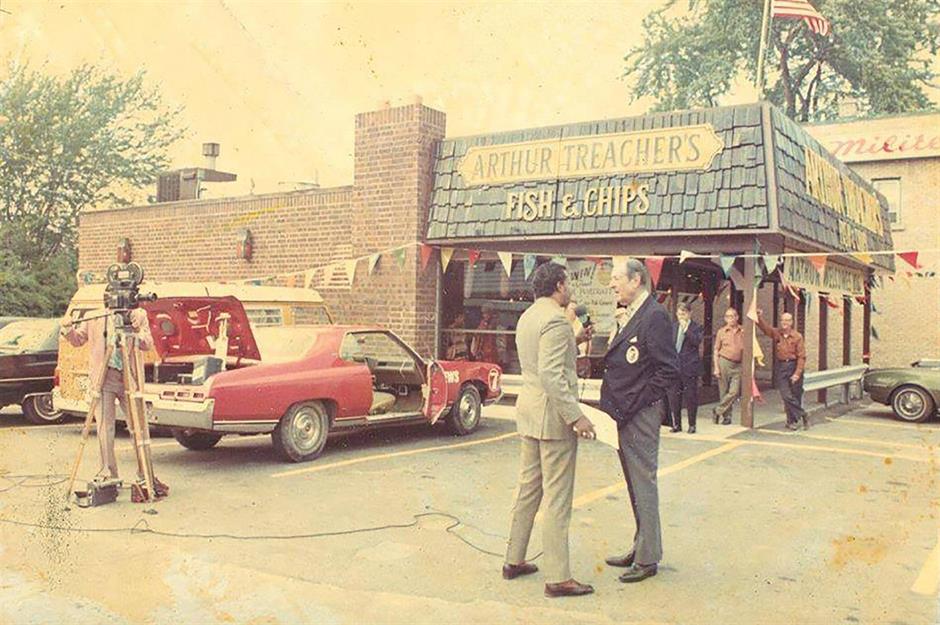
You won’t have seen a sign for Arthur Treacher’s in a while (unless you live in northeast Ohio, where there are a handful left). It was founded in Columbus in 1969 and grew to 826 locations, thanks to the nation’s love of traditional British fish and chips. The next decade, the so-called Cod Wars (a series of disputes between Iceland and the UK over North Atlantic fishing rights) and the sharp increase in cod prices caused its demise.
22. Clock, various locations
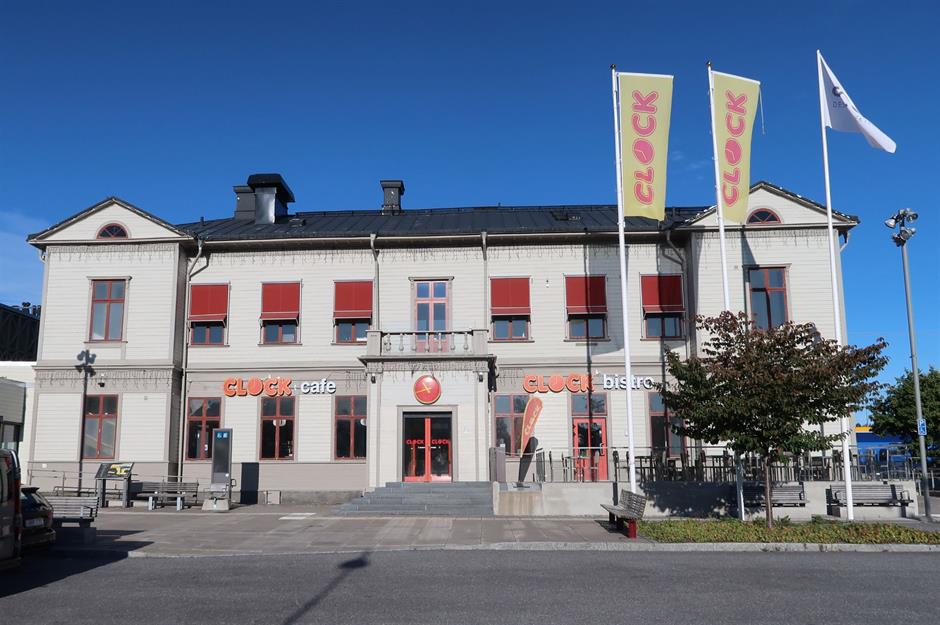
Set up in 1976 by the Swedish government to see off the likes of McDonald's, Clock was a hamburger restaurant that was widespread during the 1970s and 1980s. It took clear inspiration from McDonald's with its red and yellow colour scheme, while its flagship burger was unashamedly called the 'Big Clock'. Some of the chain’s unusual offerings included a bacon burger with a curry dressing and another burger topped with slices of pineapple. At one point, Clock had franchise branches in Norway, Finland and China, but the chain got into economic problems in the 1990s and eventually closed its restaurants, ironically selling a couple to McDonalds.
21. VIP’s, USA
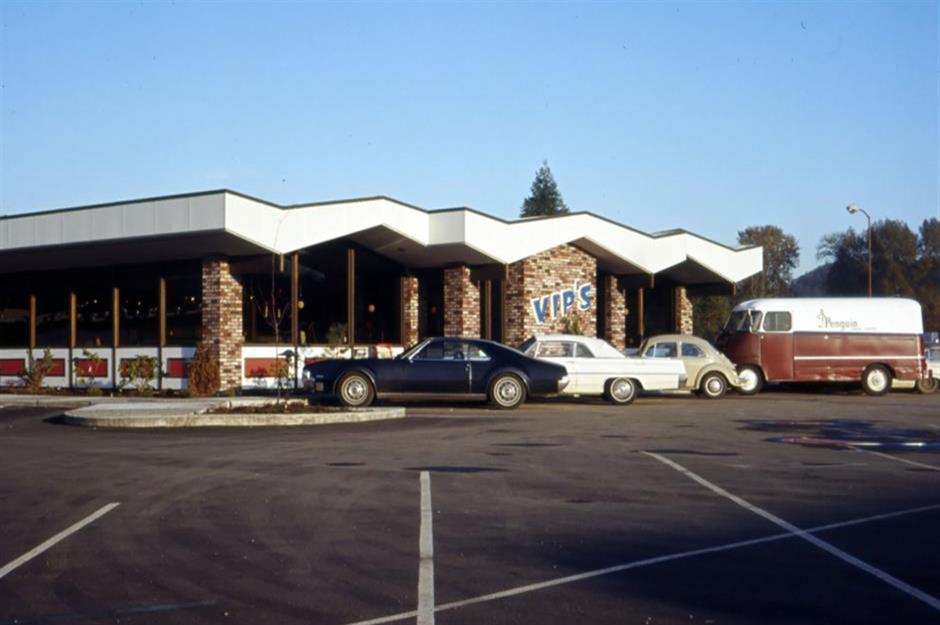
Found across Oregon from the 1970s, VIP's served sandwiches, burgers, steaks, chips, clam strips and sundaes – but you certainly didn't have to be VIP to eat there. The chain had 53 outposts at its height but by the early 1980s they were sold off, with most of the buildings turning into branches of Denny’s.
20. Pumper Nic, Argentina
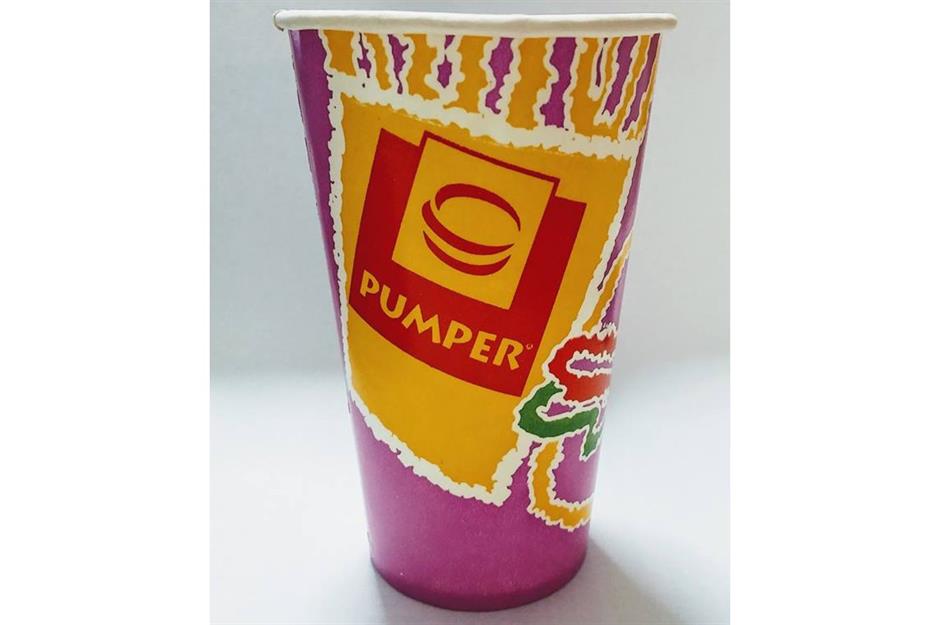
Considered by many Argentines to be a cult classic, Pumper Nic (which gets its name from pumpernickel bread) was a sandwich chain that was popular in the 1970s and 1980s. In 1975 it became Argentina's first franchise, and quickly expanded throughout the country, reaching a total of 70 restaurants at its peak. But the chain's rapid growth made it extremely difficult for its headquarters to keep a grip on things and food quality was said to vary wildly between the restaurants. Unable to compete with larger American fast food chains, Pumper Nic finally declared bankruptcy in early 1999.
19. Henry’s Hamburgers, USA

'Aren’t you hungry for a Henry’s?' That was the slogan of Henry’s Hamburgers, a chain with around 200 stores from coast to coast in the 1960s. Menu favourites included chilli dogs, fish sandwiches, deep-fried shrimp and crispy catfish. The chain went under in the late 1970s – and now a lone franchise remains in Benton Harbor, Michigan.
18. Little Tavern, USA
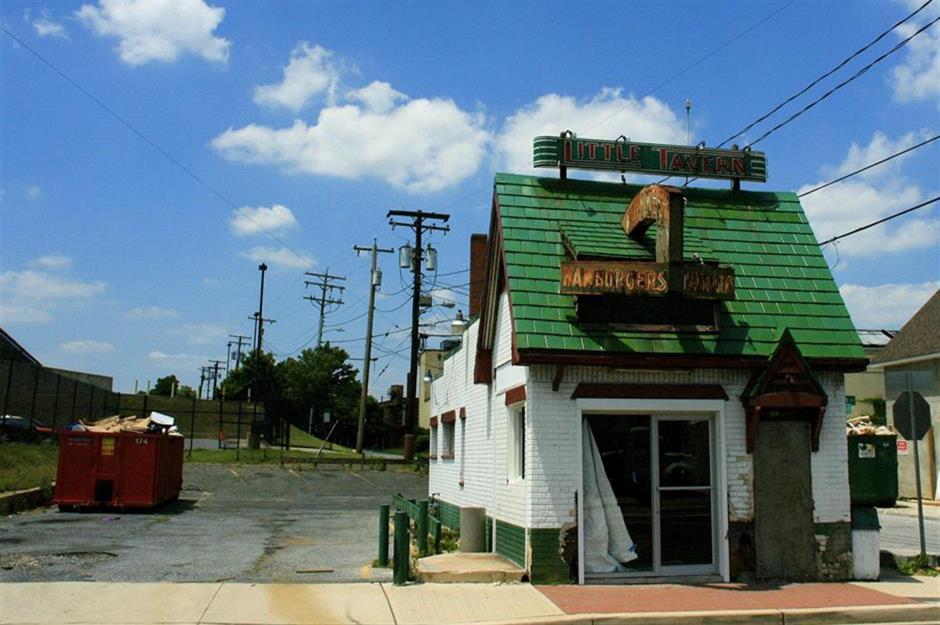
Not the first restaurant to be inspired by White Castle, Little Tavern opened in Louisville, Kentucky in 1927 and had around 50 outposts by the 1940s. It was famous for its sliders and 'Buy ‘em by the bag' slogan and remained popular for many years. But, by the 1980s, it was losing market share to more modern fast food companies.
17. G.D. Ritzy’s, USA

There were once 95 green and red G.D. Ritzy's across the eastern states of the USA, but now there's just a handful – in Columbus, Ohio, Evansville, Indiana, and Owensboro, Kentucky – left. The chain was founded in the 1980s by a former Wendy’s executive, and was focused on serving ice cream, burgers, hot dogs and chilli. By the 1990s, many of its stores had shuttered.
16. The All-American Burger, USA
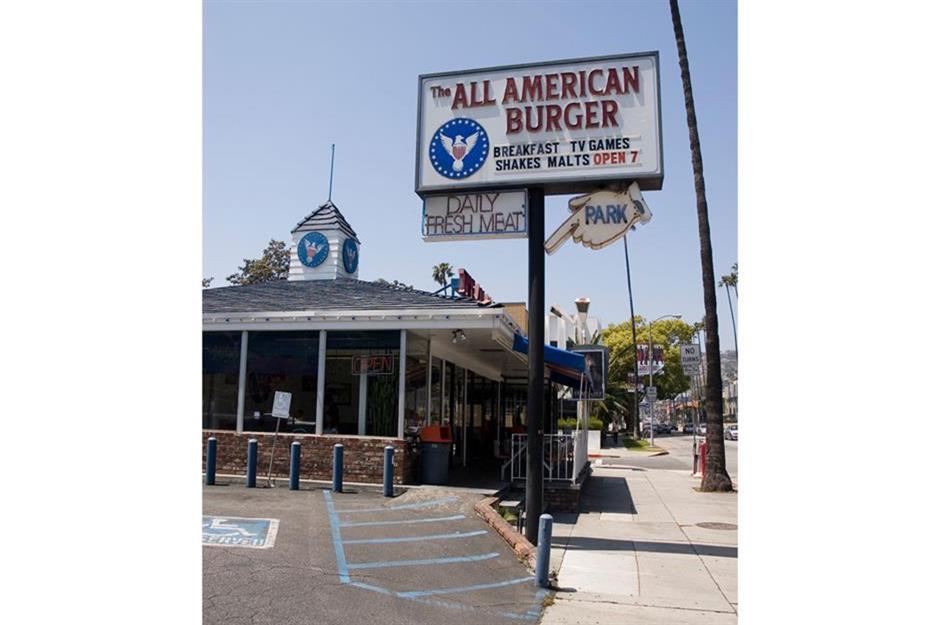
A California chain, The All-American Burger shot to fame when it featured in the 1980s coming of age film Fast Times at Ridgemont High. Here you could get a quarter pounder, chilli burger and hickory burger, but by the time the movie was released it was shutting stores due to bankruptcy. One survived on Sunset Boulevard, Los Angeles, until that finally closed in 2010.
15. Doggie Diner, USA
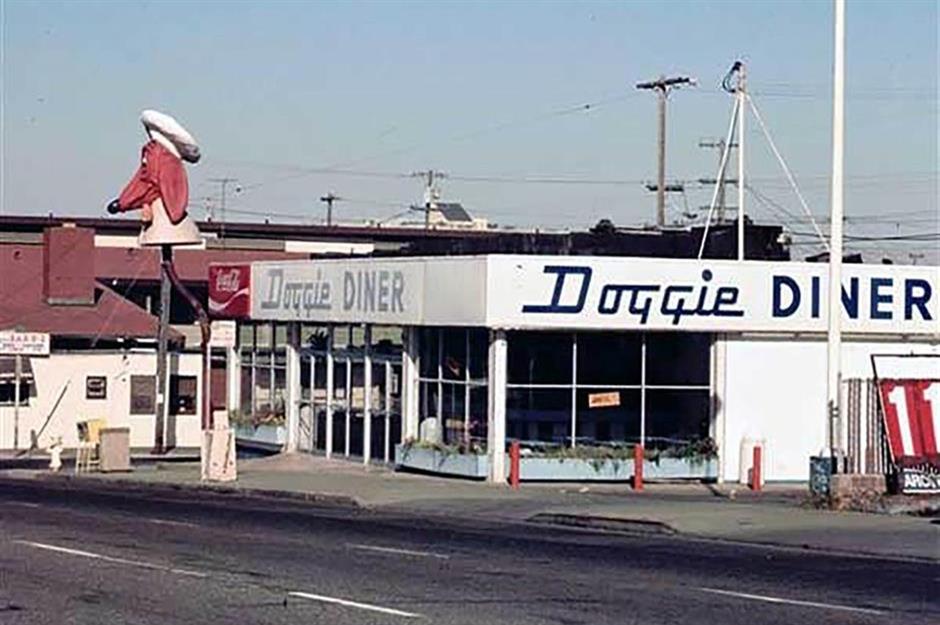
Remembered more for the huge fibreglass statue of a dachshund wearing a bow tie and chef’s hat outside each of its restaurants than for its food, Doggie Diner was a California-based hot dog and burger chain. It was opened in 1948 by amateur boxer Al Ross, who expanded it to 30 locations. The pressure of competing with larger chains such as McDonald’s eventually caused its descent, and it had disappeared by 1986.
14. All Star Cafe, USA
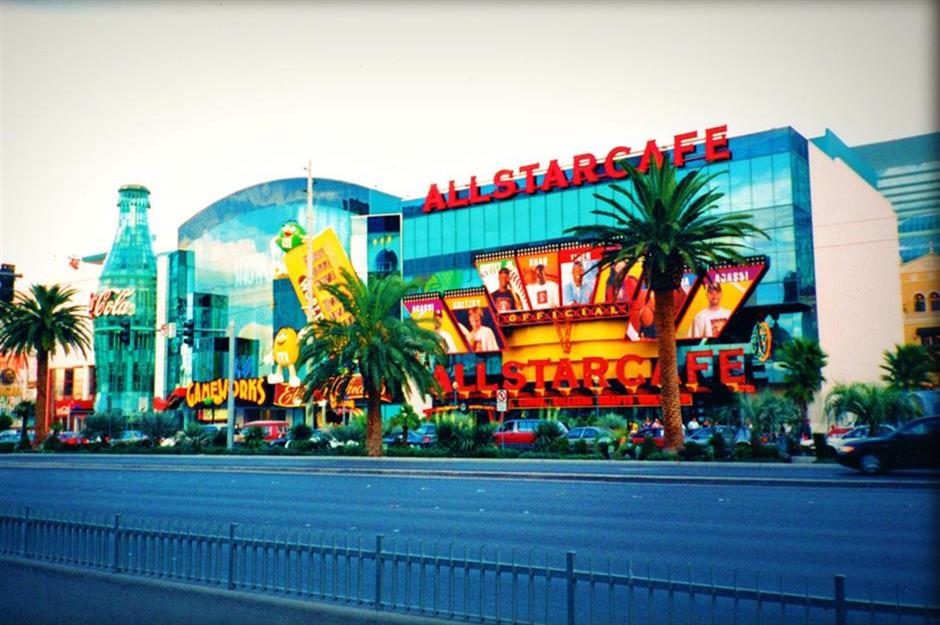
In the 1990s, themed restaurants were all the rage. The first All Star Cafe opened in Times Square, New York, a giant homage to professional sports. It served burgers, hot dogs, fried onion rings, crab dip, matzo ball soup and cheesecake, and was filled with sports memorabilia. By the end of the century, it was no longer trendy, and started to close locations.
13. Carrols, USA
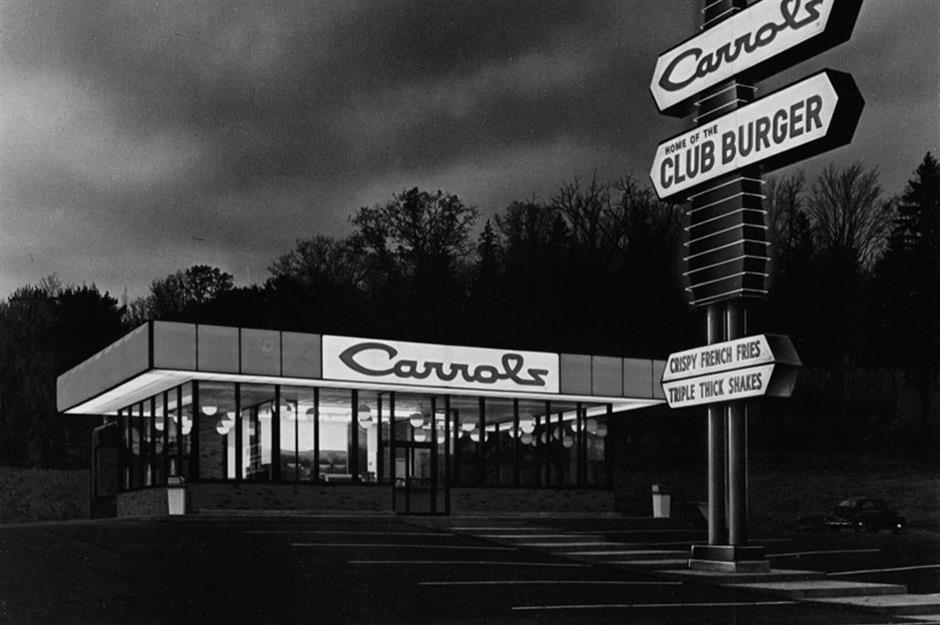
Sorely missed in the New York area, Carrols was one of the most flourishing franchise groups around back in the 1960s. It had more than 150 outposts where you could get Club Burgers (double decker sandwiches), fries, shakes and Looney Tunes drinking glasses. However, in the late 1970s, the parent company converted most of its locations into Burger King restaurants.
12. Farrell’s Ice Cream Parlour, USA
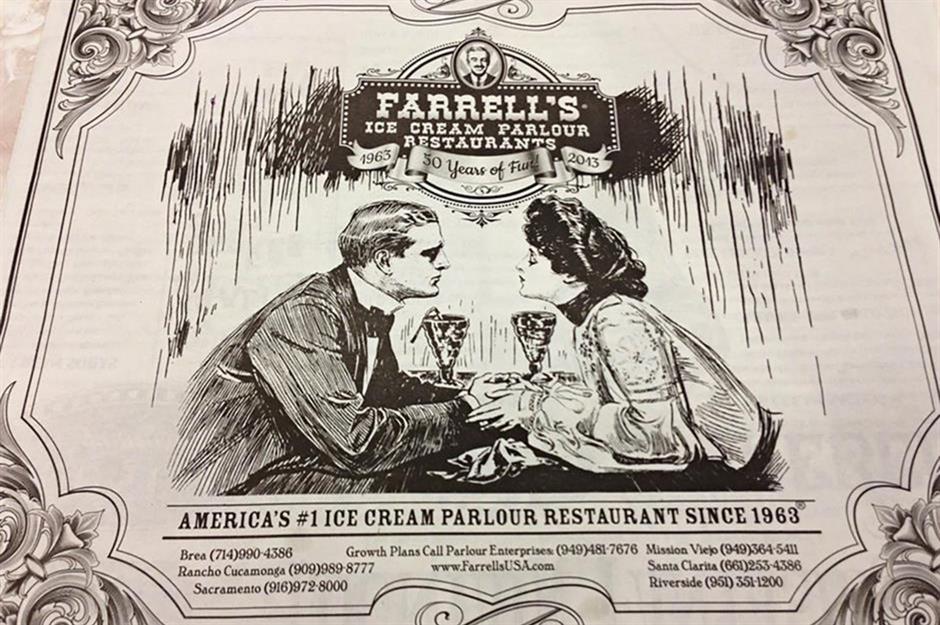
The ice cream parlour with epic sundaes, singing waiters and kitschy décor, Farrell’s was established in Portland, Oregon in 1963. Over the next 10 years it grew to 130 locations, which lasted until the 1990s. Then it had a second wind, opening a number of branches around California in the 2000s – all of which are now closed.
11. Lum’s, USA
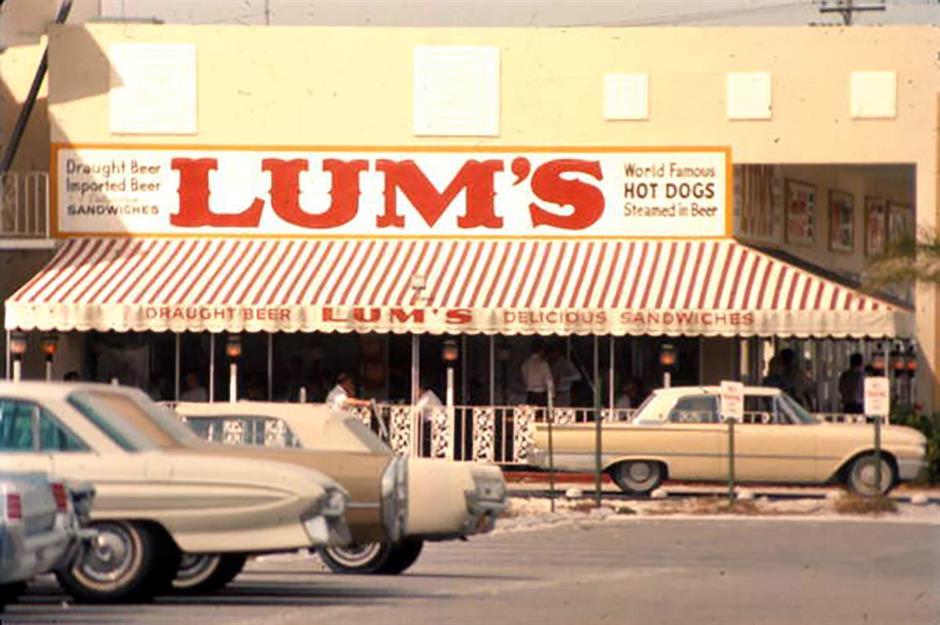
A stripy red and white awning signalled Lum’s beer-steamed hot dogs, fried seafood, hot roast beef sandwiches, subs and international beer from places like Mexico and Japan. It started in Florida in 1956 and grew to around 450 locations around the USA. The chain filed for bankruptcy in 1982, but one location in Bellevue, Nebraska, clung on until 2017.
10. Red Barn, various locations
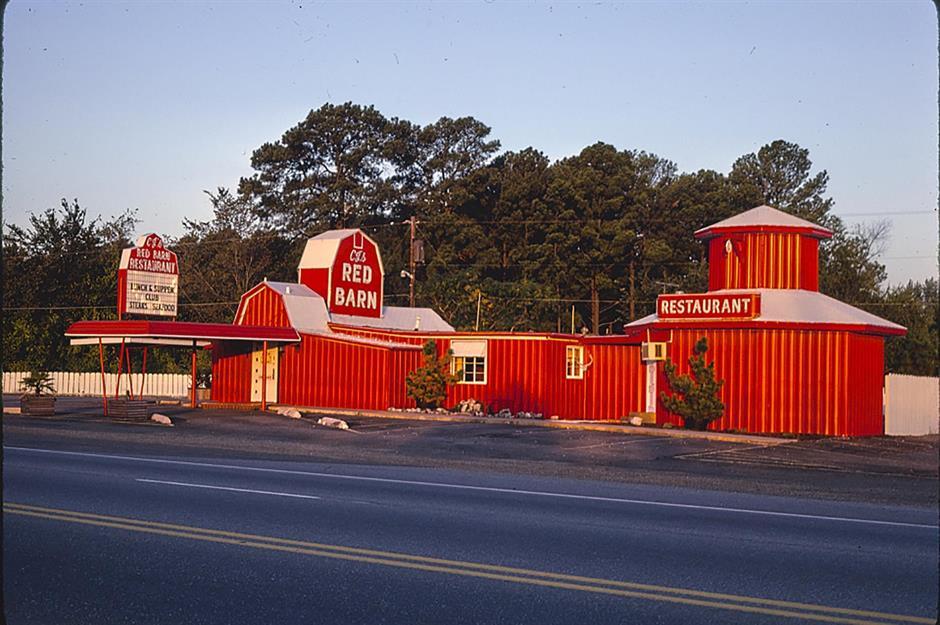
This country-themed restaurant was known for its Big Barney (like a Big Mac), Barn Buster (similar to a Quarter Pounder) and TV jingle, 'When the hungries hit, hit the Red Barn', which made you want to get in your car and drive to the nearest outpost. It was founded in Ohio in 1961 and grew to around 400 restaurants across 22 states, as well as Canada and Australia.
9. Chicken George, USA
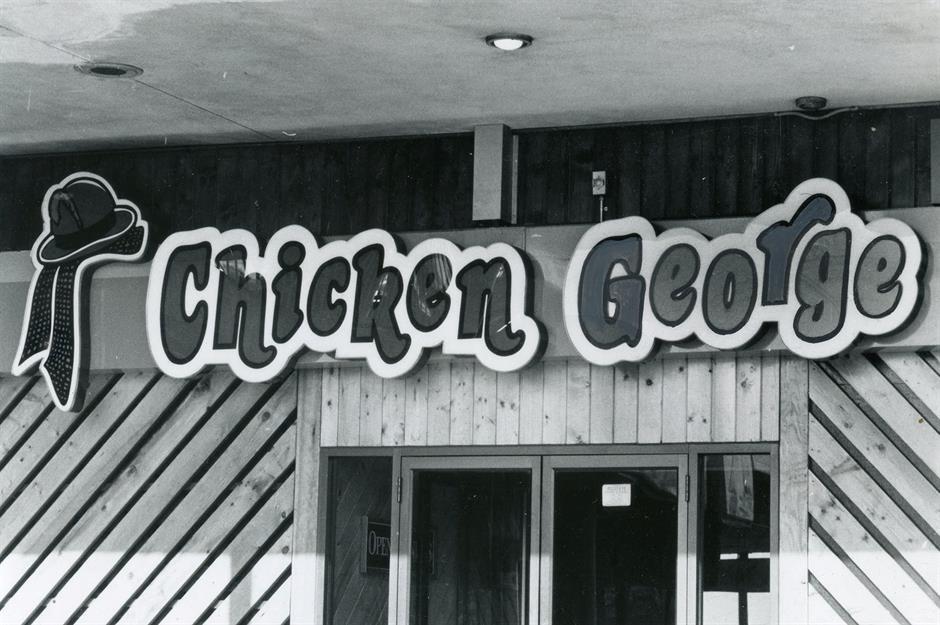
The home of rice, fries, gumbo, corn on the cob, collard greens, biscuits and spicy fried chicken 'better than mama's'. This Baltimore-based chain was founded in 1979 by Ted N. Holmes and in its early days was the nation’s largest Black-owned restaurant business. Unfortunately, the following decade it filed for bankruptcy and stores were sold off.
8. Happy Eater, UK
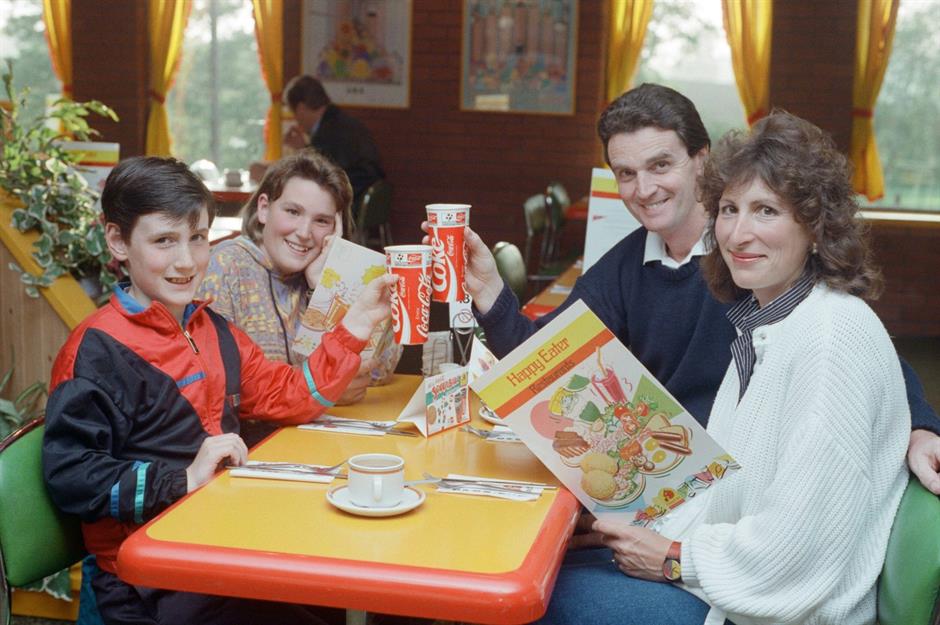
Loved for its colourful décor, family friendly menu and children's play areas, Happy Eater was a chain of British roadside restaurants established in 1973 and drew inspiration from Howard Johnson's in the US. It typically served up affordable comfort foods such as burgers, fried chicken and ice cream sundaes, but was particularly known for its traditional English breakfast, which was sold all day. The nostalgic spot peaked in the 1980s with over 90 branches, but faced stiff competition from other roadside dining options and struggled financially, shuttering for good in 1997.
7. Chi-Chi’s, various locations
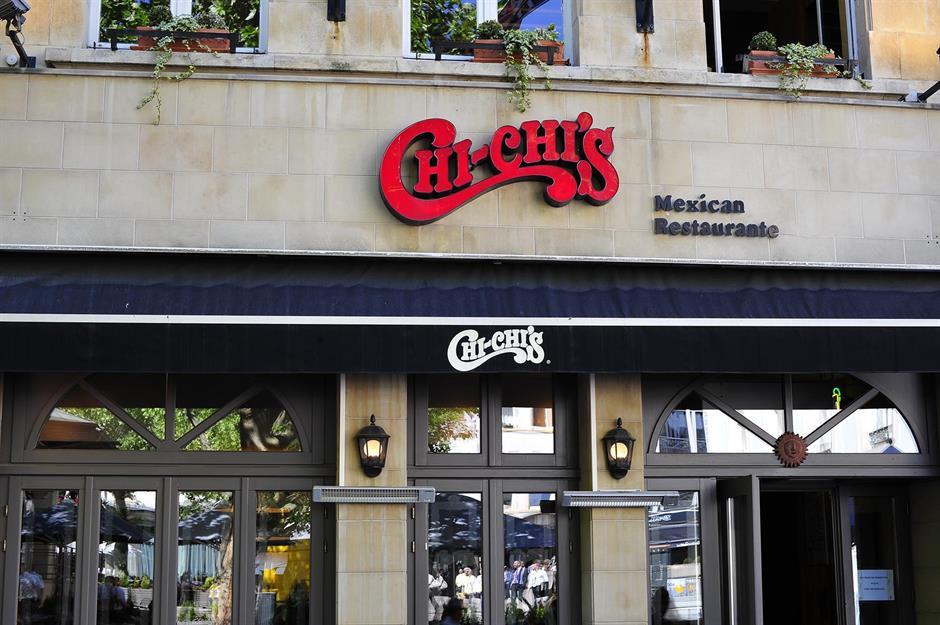
If you wanted Tex-Mex in the 1970s, you went to Chi-Chi’s. It served chimichangas, nachos and salsa, and was owned by former American football star Max McGee and restaurateur Marno McDermit. A hepatitis A outbreak in the 2000s saw to the closure of all US locations (a lone outpost in Vienna, Austria remained open). However, twenty-plus years on in late 2024, it was announced that the chain was making a comeback, with Michael McDermott, son of the chain’s co-founder, in charge of reopening restaurants in 2025. Two locations were confirmed for Minnesota, though further details have yet to be released.
6. Horn & Hardart Automat, USA
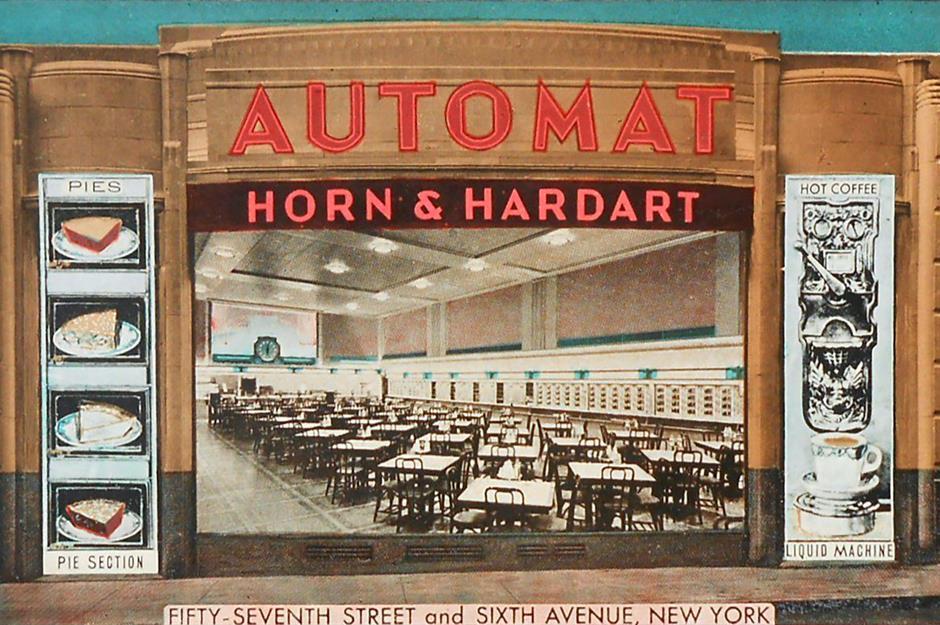
America’s first fast food chain, Horn & Hardart Automats, was revolutionary when it opened at the beginning of the 20th century. Between New York and Philadelphia there were more than 100 locations, where you could get sandwiches, salads, pies and cakes from coin-operated vending machines. It was particularly known for its fresh-drip brewed coffee. The last of its diners closed in the 1990s.
5. White Tower, USA
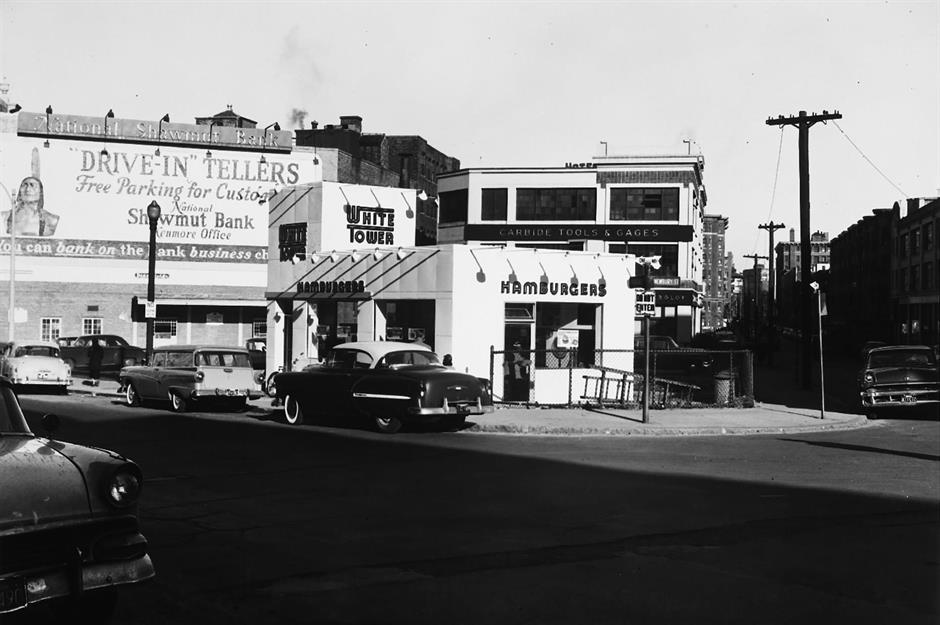
Do you remember this burger joint that looked just like White Castle? Opened in Milwaukee, Wisconsin in 1926, it eventually grew to 230 nationwide locations. It sold hamburgers, pie, jelly rolls, marble cake and fruit cocktails. The problem was that the restaurants were all next to train and trolley lines and, by the 1960s, people preferred drive-ins.
4. Mother's Pizza, Canada
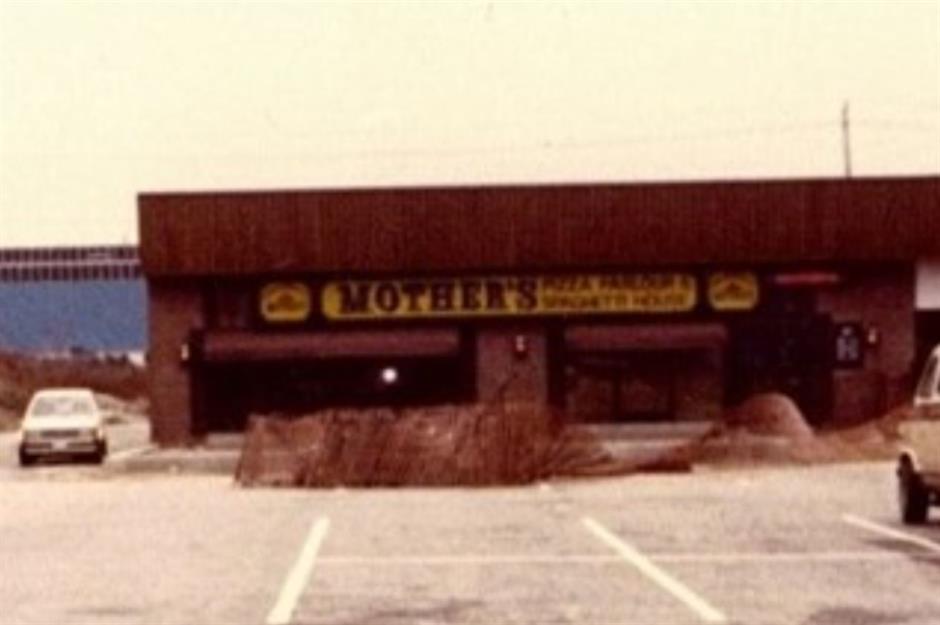
Mother's Pizza remains a nostalgic memory for many Canadians who fondly recall its distinctive garlic butter pizza crusts, unlimited pizza buffet and family-friendly atmosphere. Founded in 1970, the chain operated primarily in Ontario and had dozens of locations across the province in its heyday. The chain faced financial difficulties in the late 1980s, leading to the closure of many locations, and it eventually went bankrupt in 1991. Since then, efforts have been made to revive the brand, and fans regularly pay tribute to its legacy through social media groups and gatherings.
3. Little Chef, UK
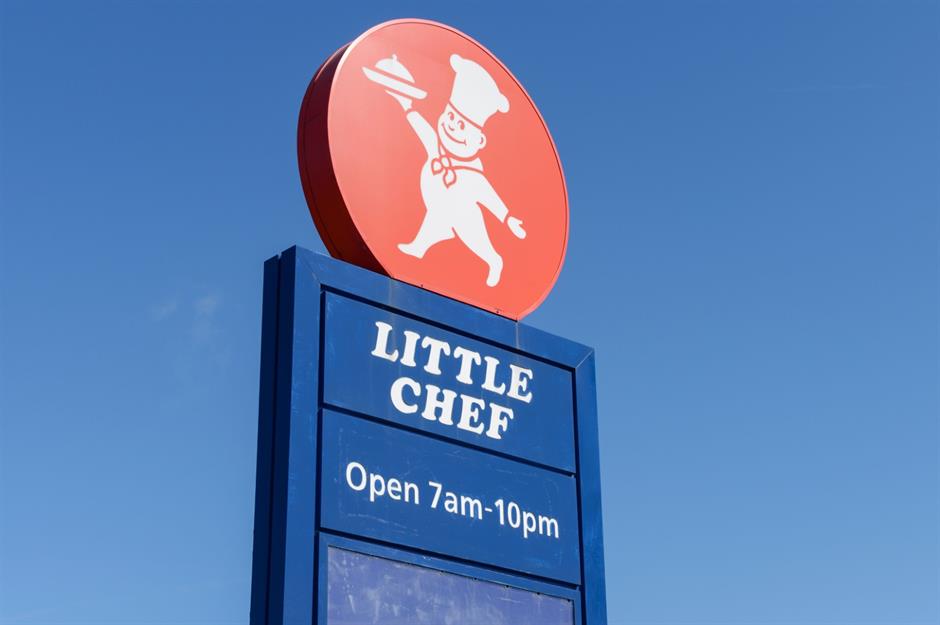
Home of the Olympic Breakfast – Little Chef’s oversized take on the classic British fry-up – this roadside restaurant chain is pure childhood nostalgia for British diners. First opened in 1958, Little Chef was a staple on UK motorways for decades, with more than 400 restaurants serving comfort food classics like fish and chips, burgers and pancakes. But, by the start of the 21st century, its popularity started to decline and celebrity chef Heston Blumenthal was famously enlisted to revamp the chain in 2009. Although his new menu grabbed headlines, it wasn’t enough to save the brand, which shut its last restaurant in 2018.
2. Howard Johnson’s, USA
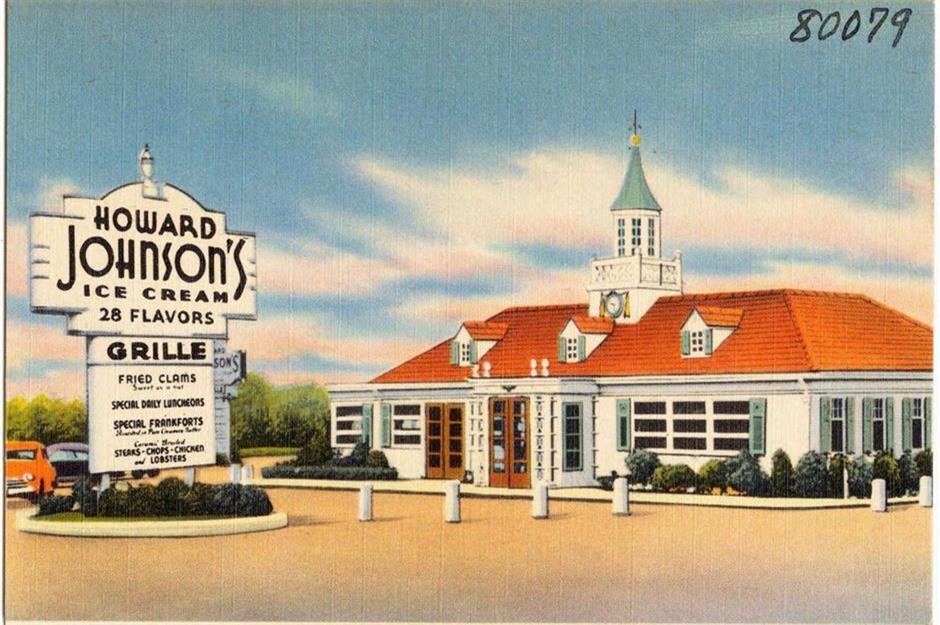
Incredible ice cream flavours, fried clams and hot dogs is what you got from Howard Johnson’s. It started in Quincy, Massachusetts, and grew to over 1,000 stores making it one of the largest chains in the US at one point and each one was uniform like McDonald’s is today. In the 1990s, though, they began to be sold off.
1. Burger Chef, USA and Canada
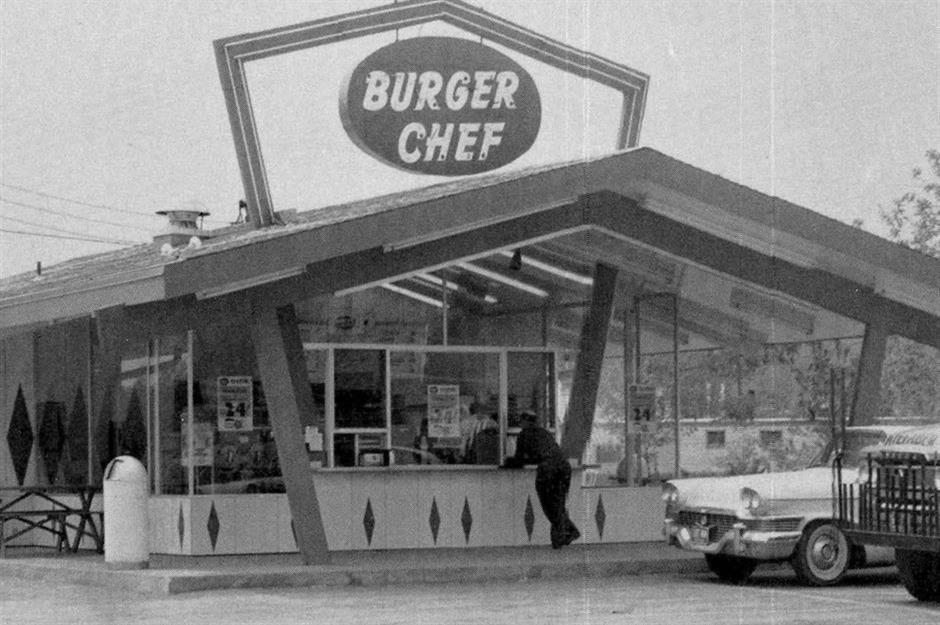
Back in the day, Burger Chef was McDonald’s biggest competitor. It opened in the 1950s (the same decade as its rival) in Indianapolis and had around 1,200 stores at its peak in the 1970s. The chain pioneered selling a hamburger, fries and drink as a package deal, and also introduced the concept of kids' meals with toys. However, things went downhill following a series of lawsuits in the 1980s.
Now take a look at the discontinued fast food menu items we want back
Last updated by Emily Shardlow-Price.
Comments
Be the first to comment
Do you want to comment on this article? You need to be signed in for this feature